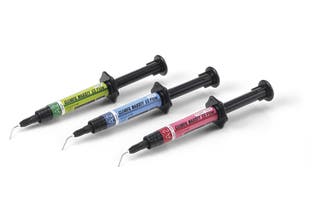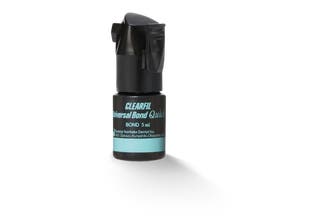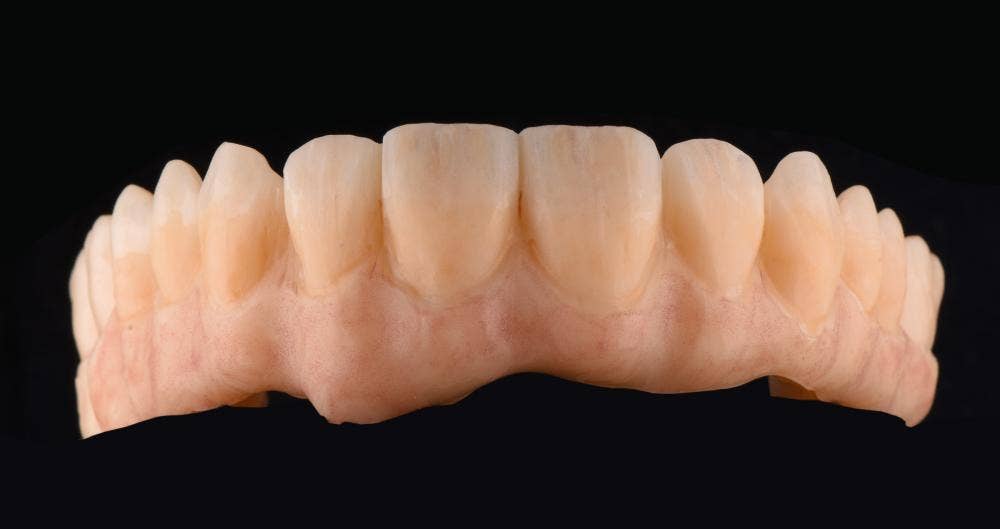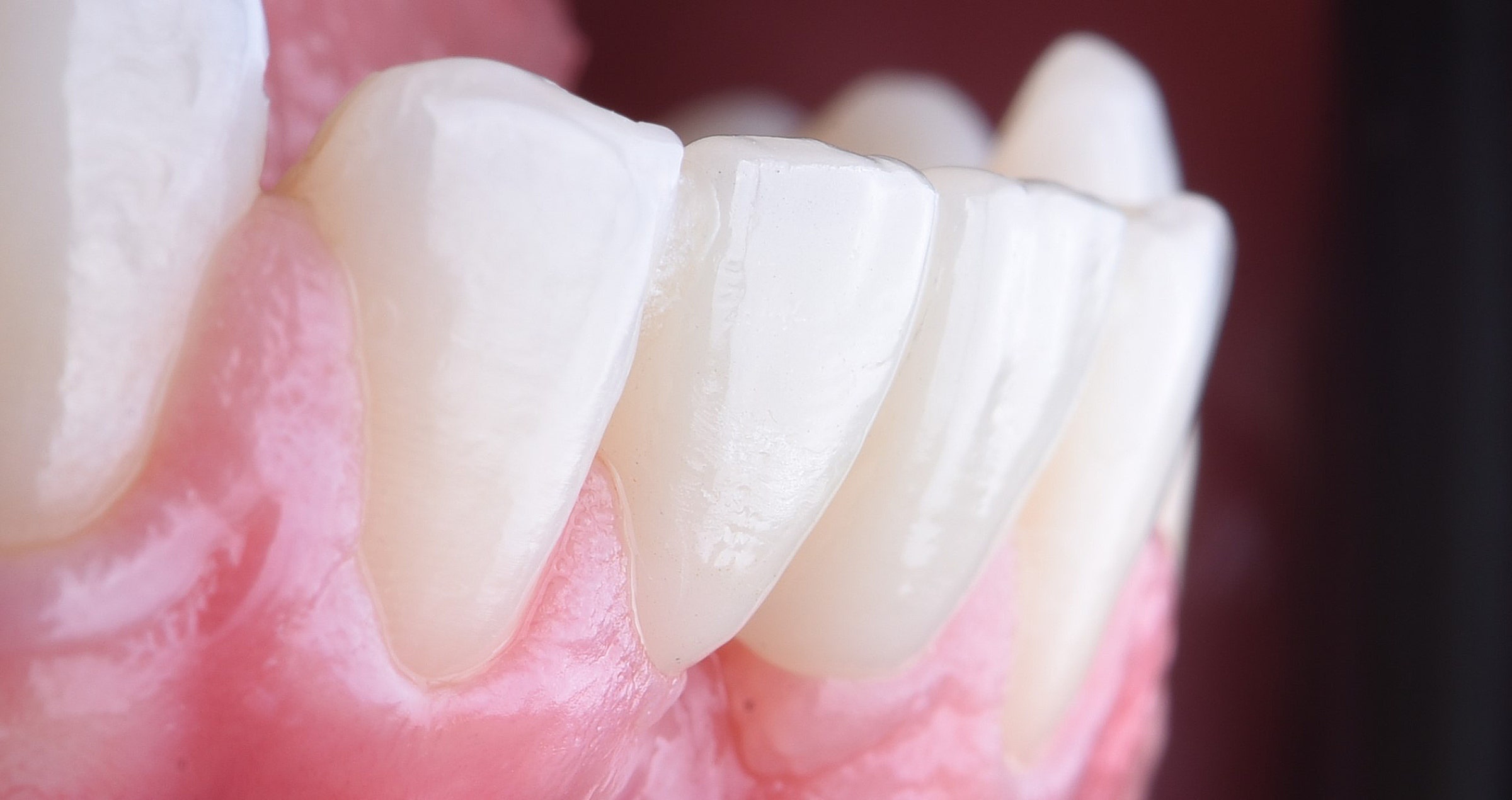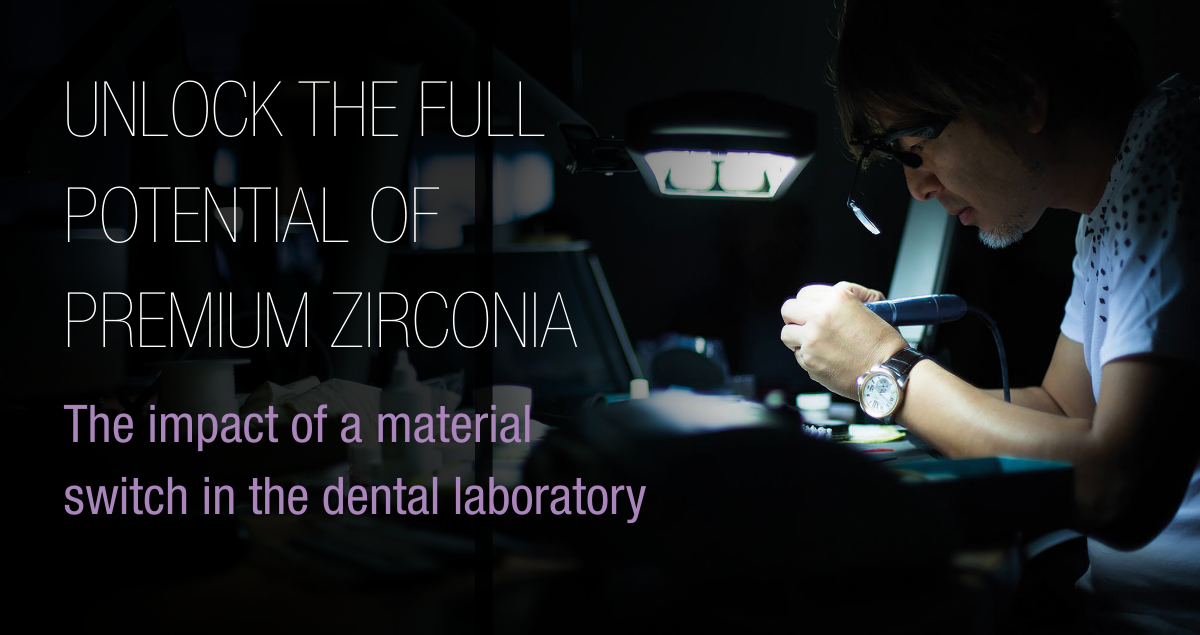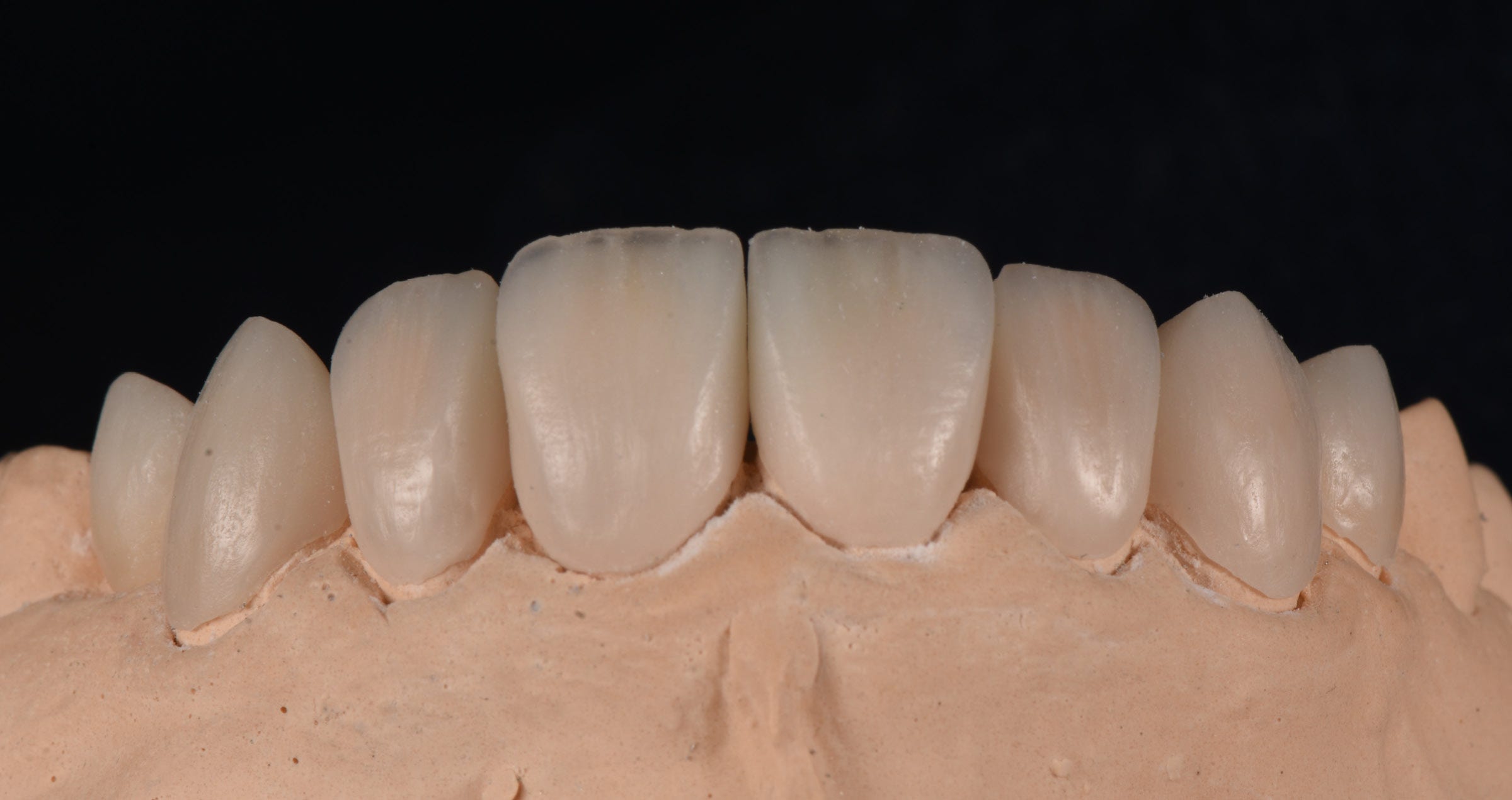
Flowable injection technique, a flowable composite revolution
Case by Michal Jaczewski
This patient came to the clinic to improve the aesthetics of her smile. After an aesthetic and functional analysis, it was decided to align and restore the teeth using a minimally invasive protocol with flowable composite.
INITIAL SITUATION
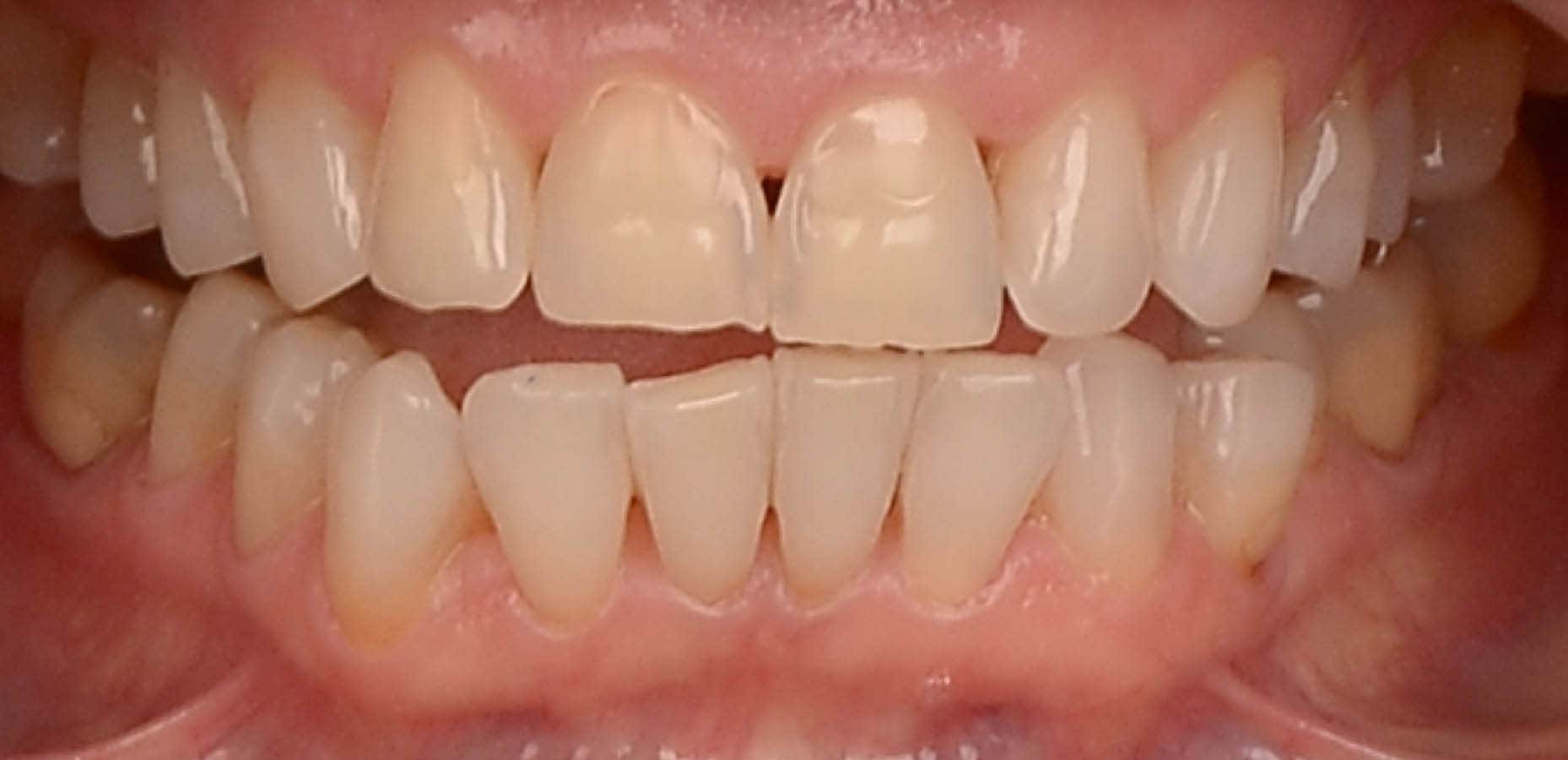
Fig. 1. The patient had worn teeth, visible abrasion, erosion and crowding in the lower arch.

Fig. 2. Situation after orthodontic treatment, full arch ready to restore.
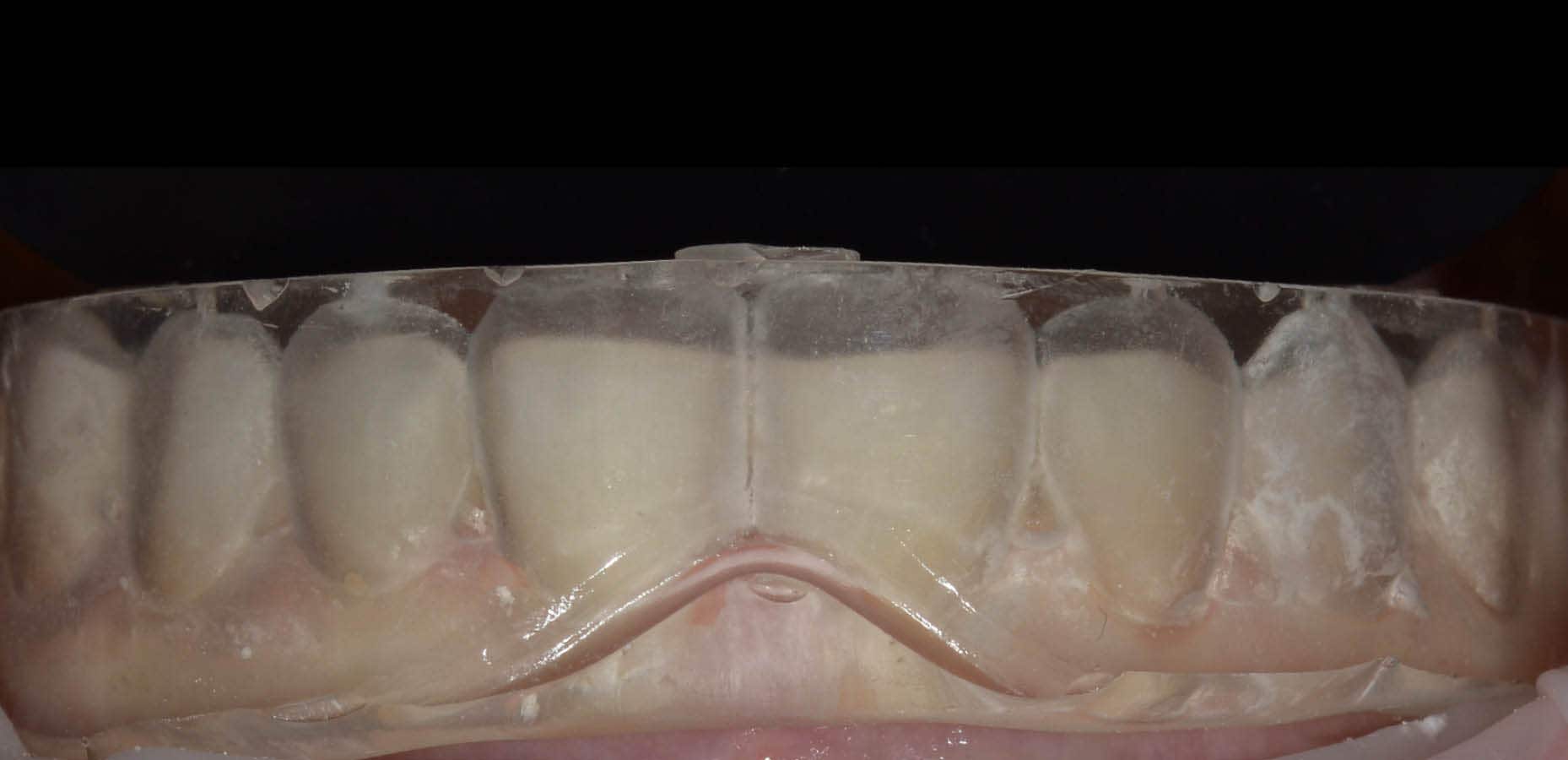
Fig. 3. A silicon mould is used for the Flowable Injection Technique to restore the teeth with flowable composite. The silicone injection mould had injection channels prepared and was placed to check for proper fit.
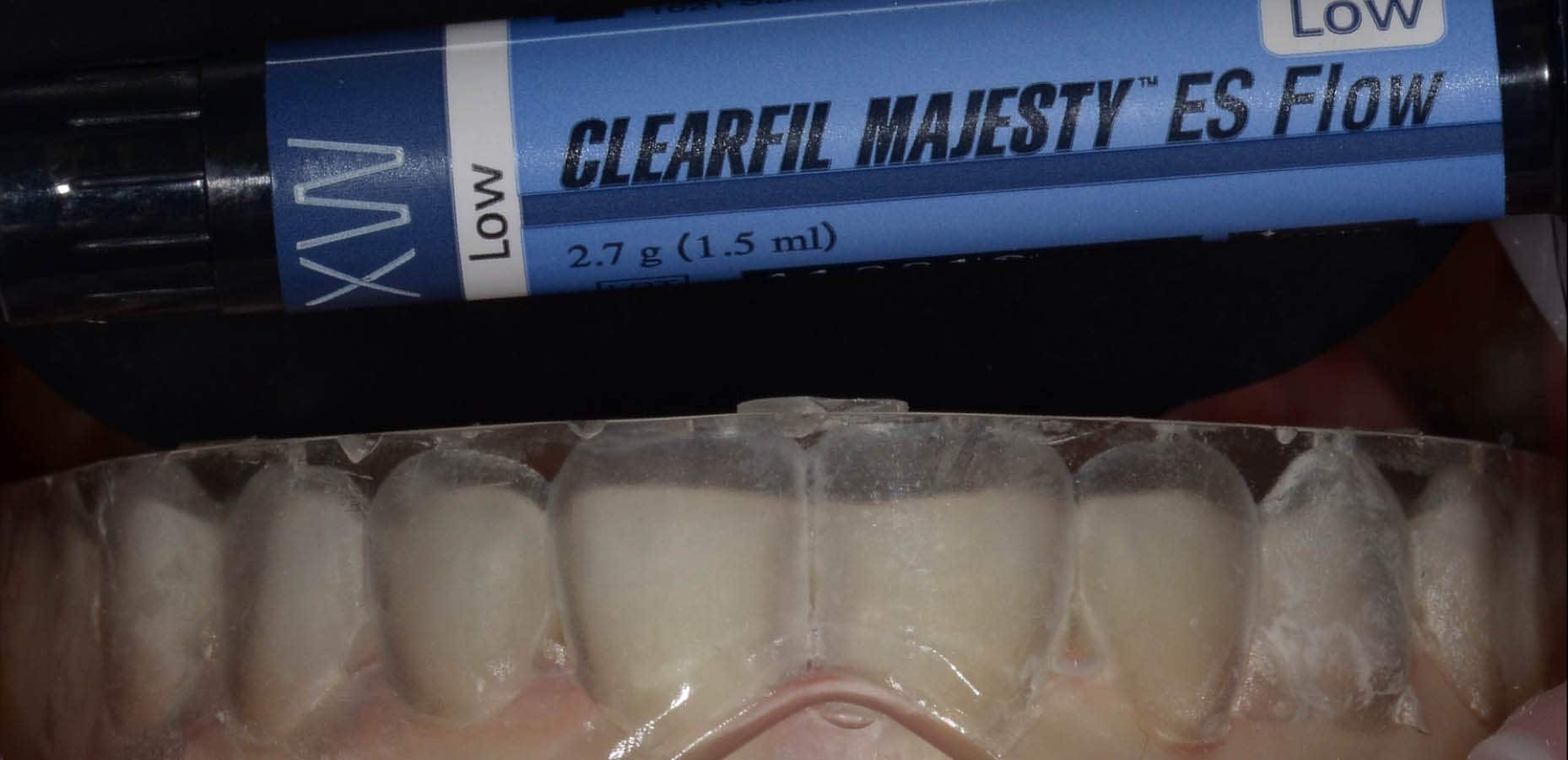
Fig. 4. For this case it was decided to use CLEARFIL MAJESTY™ ES Flow Low in shade XW.
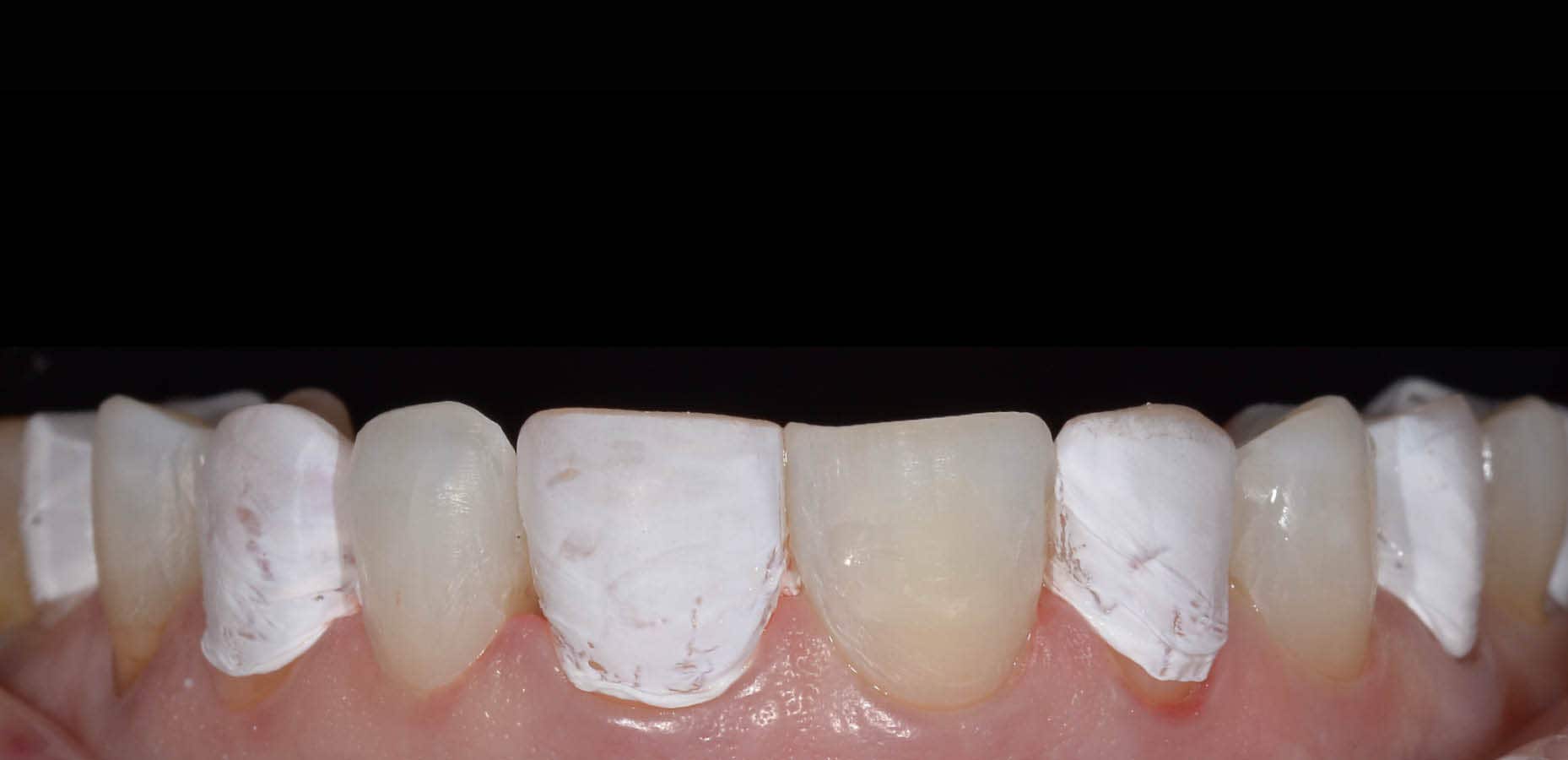
Fig. 5. Teflon tape was used, in order to separate the teeth.
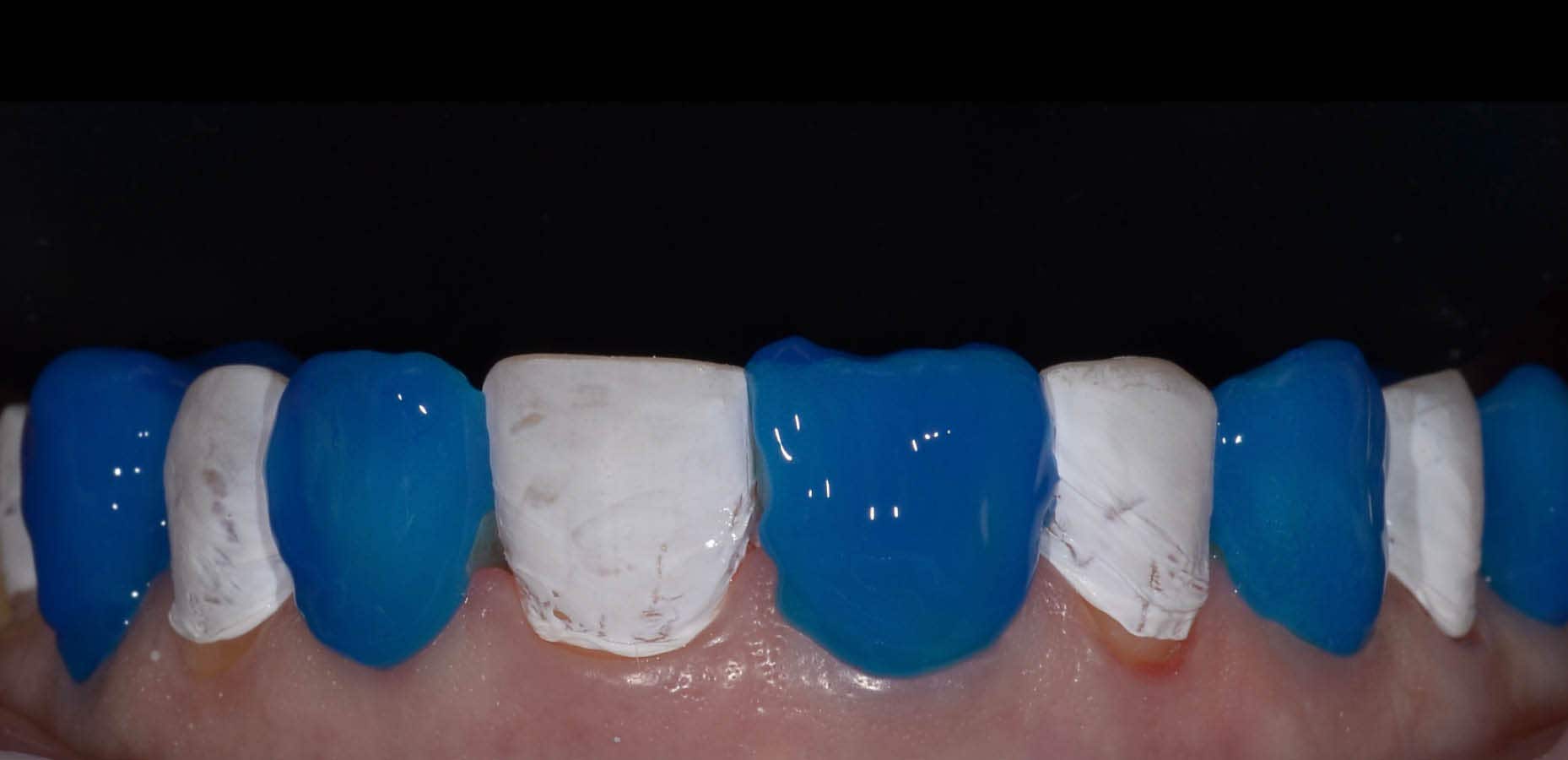
Fig. 6. The restoration is completely additive; the teeth are not prepared at all. Total etching of the enamel is the best pre-treatment in this situation. K-Etchant Syringe (35% phosphoric acid) was applied for 10 seconds.
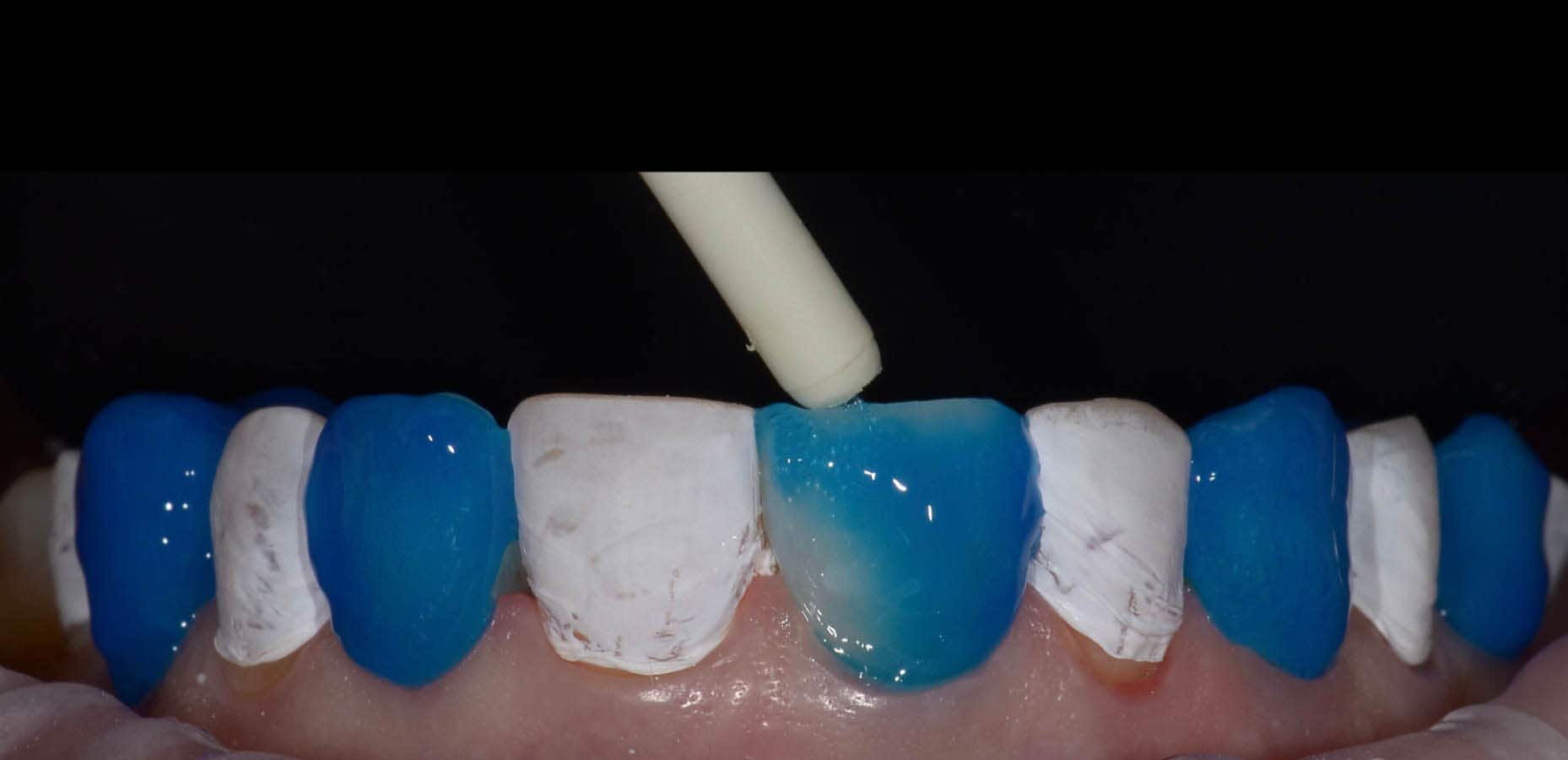
Fig. 7. A surgical suction tip was used in order to carefully remove the phosphoric acid gel and protect the isolations on the teeth. Followed by rinsing off completely with water in the usual manner.
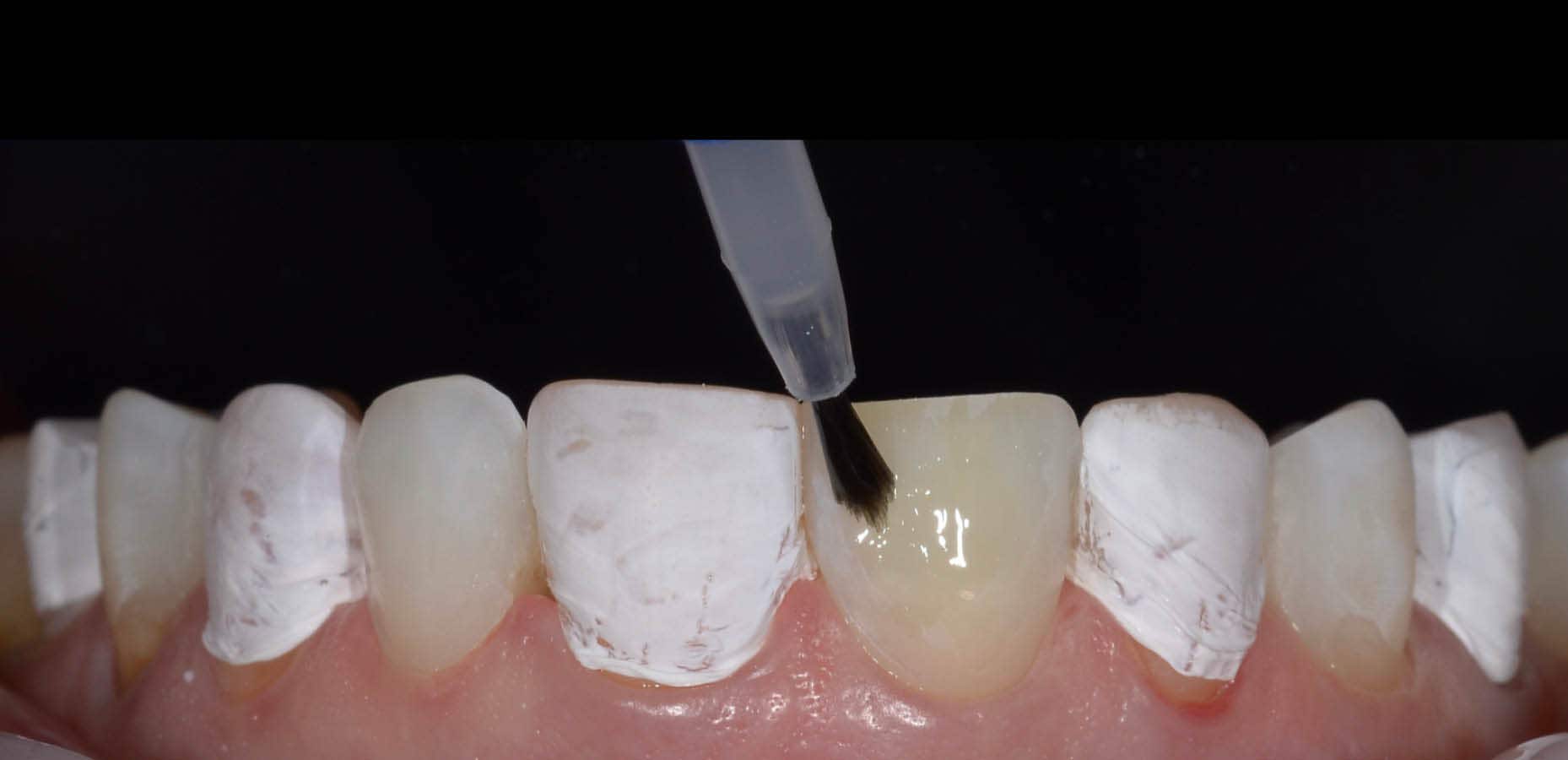
Fig. 8. Each tooth was gently air dried for 10 seconds. CLEARFIL™ Universal Bond Quick was applied with a rubbing motion without additional waiting time. Followed by drying of the entire bonding treated surfaces by blowing mild air for more than 5 seconds until the bonding no longer moves.
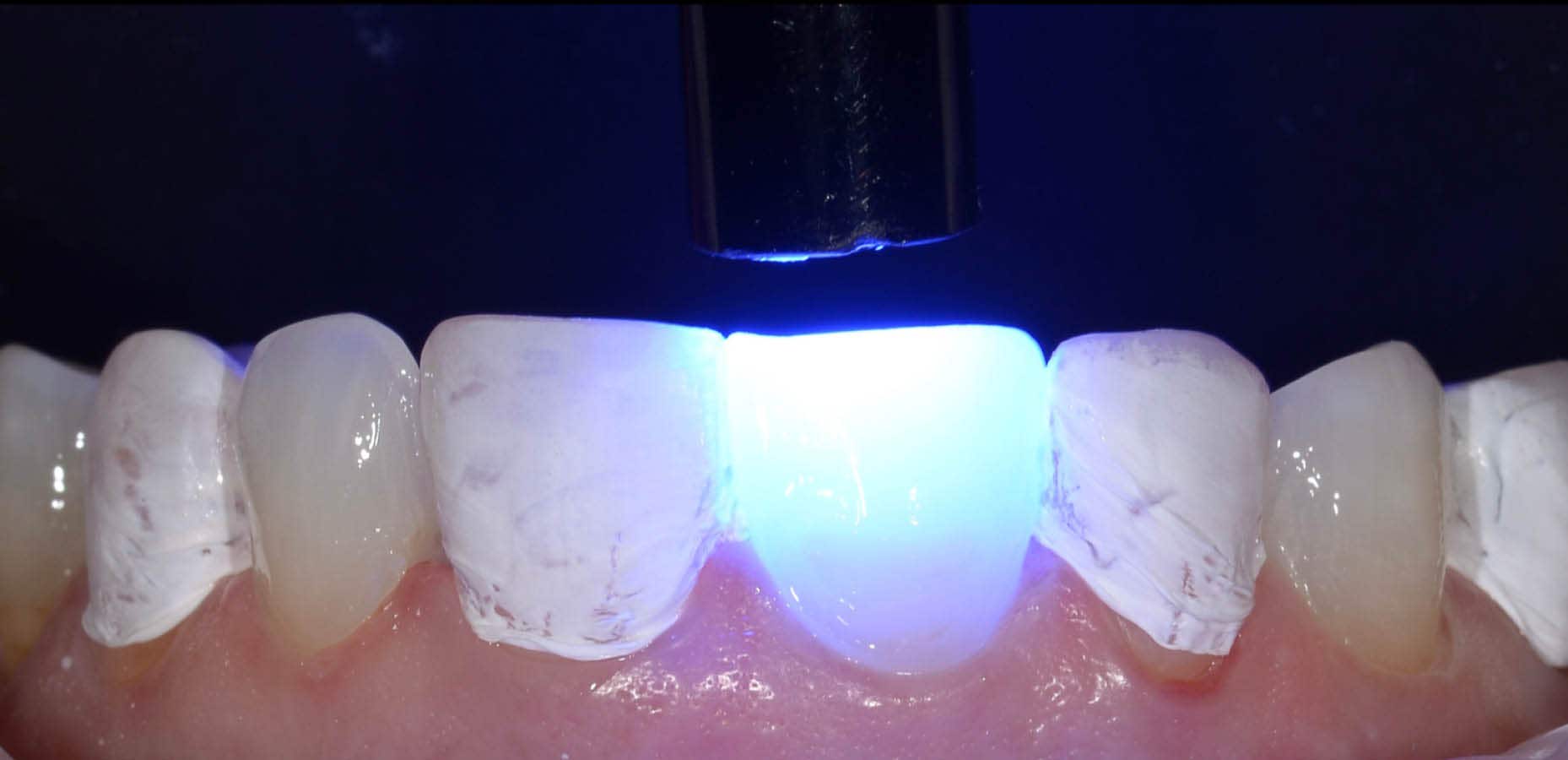
Fig. 9. Light curing of each bonded tooth for 10 sec.
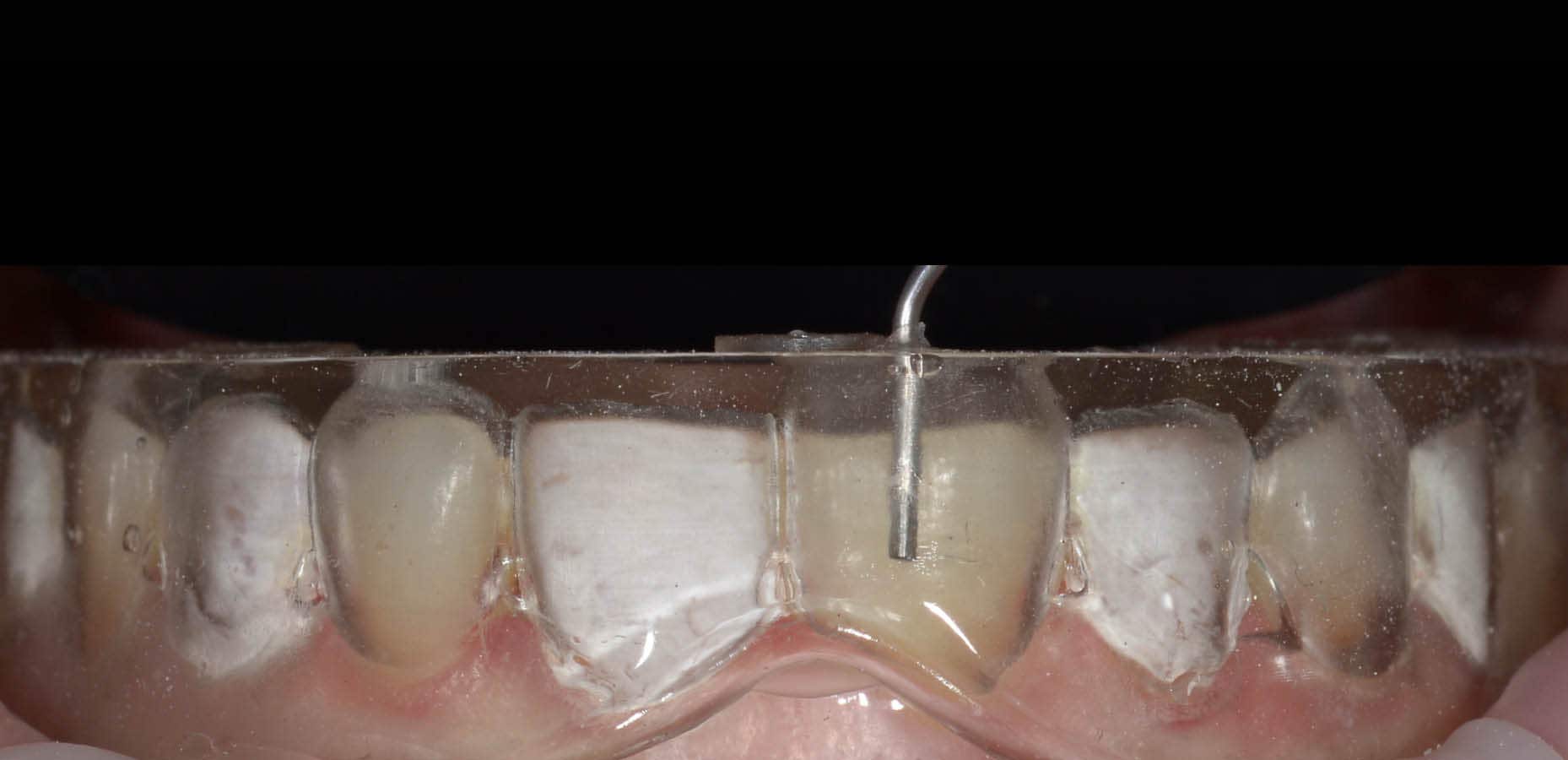
Fig. 10. The silicon mould is used to inject CLEARFIL MAJESTY™ ES Flow Low (optimal flowability, and properties for a case like this).
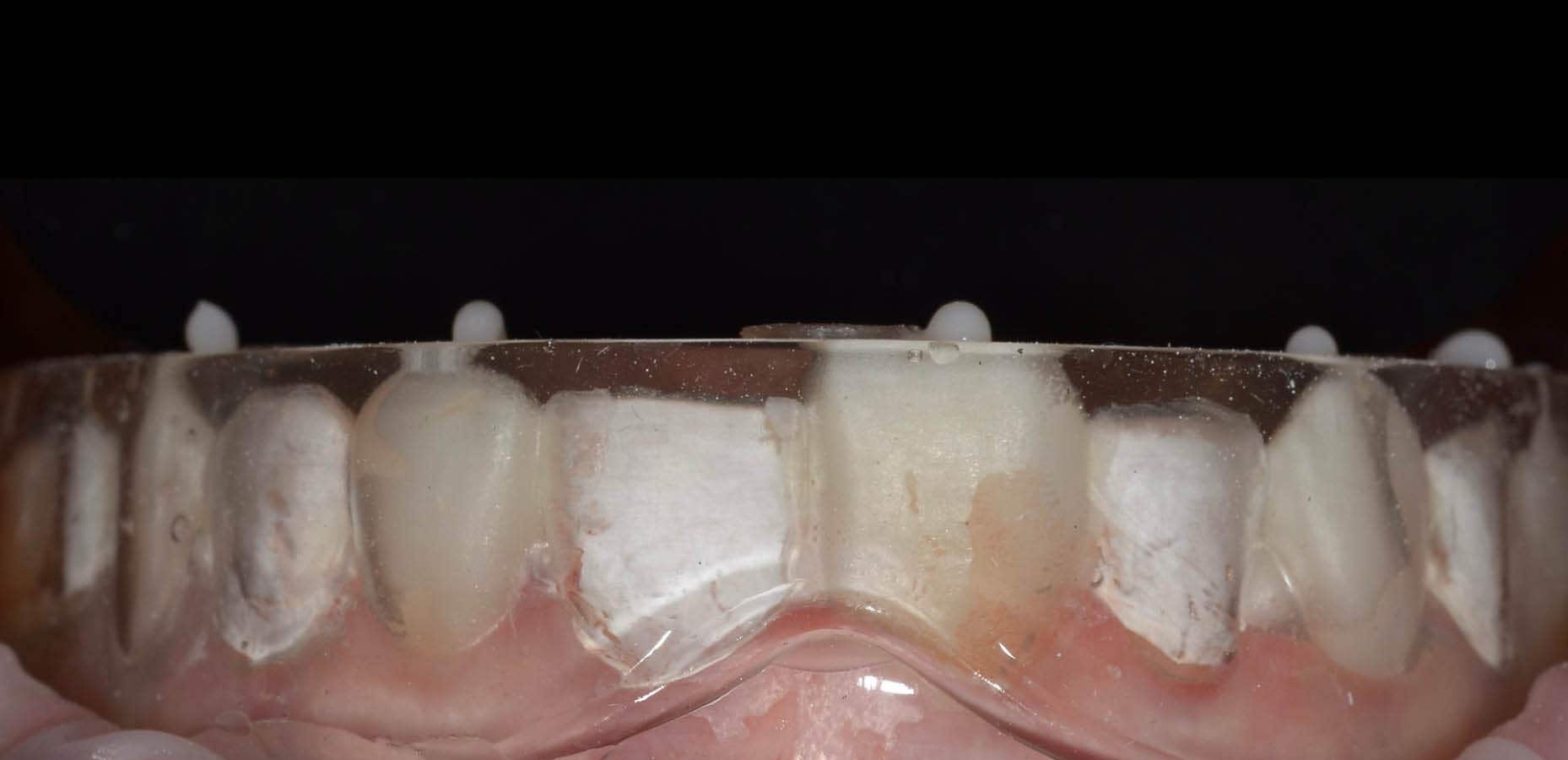
Fig. 11. Using the protocol „Treat one, skip one” several teeth are restored simultaneously.
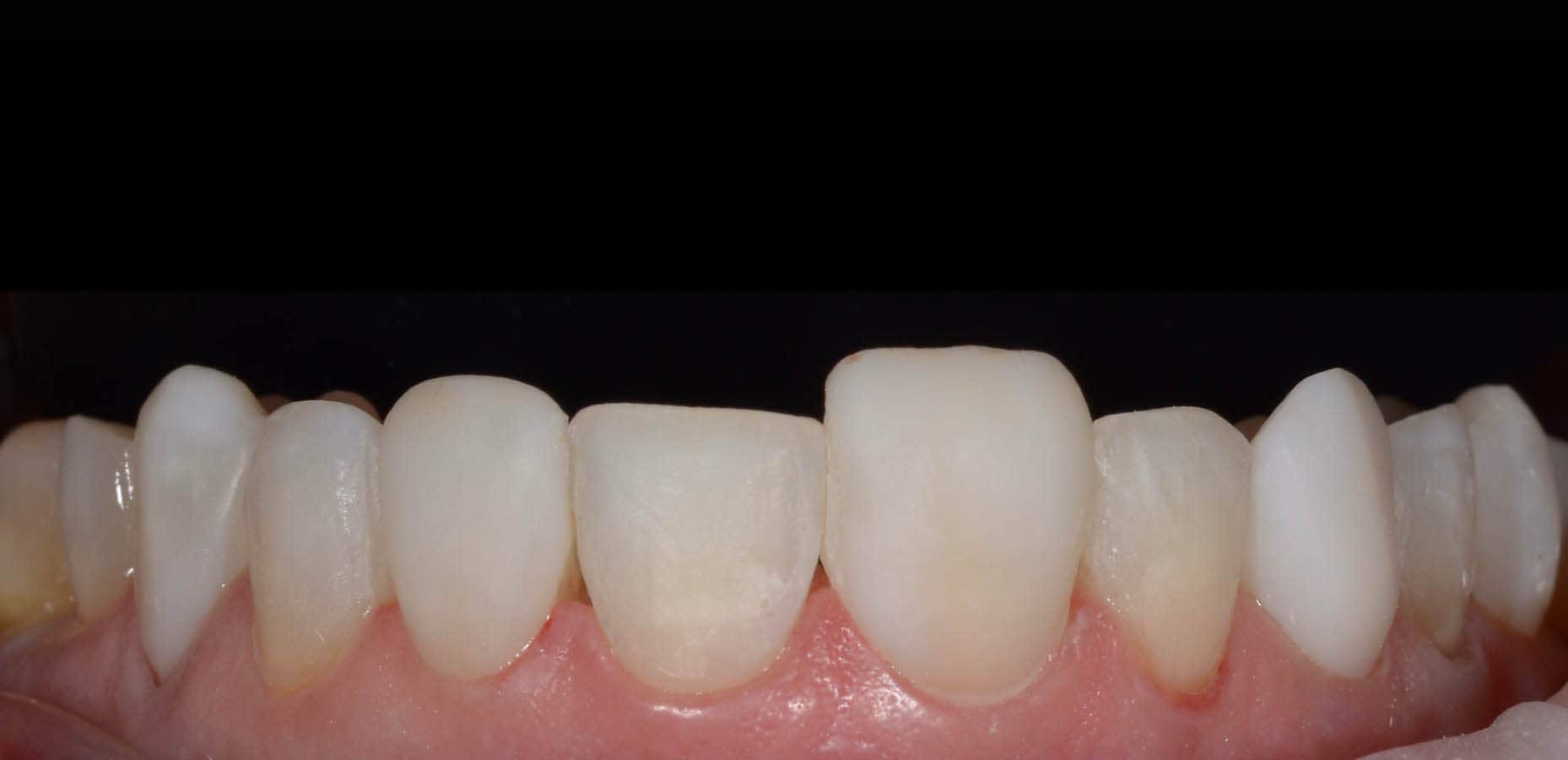
Fig. 12. Situation directly after first round of injections.
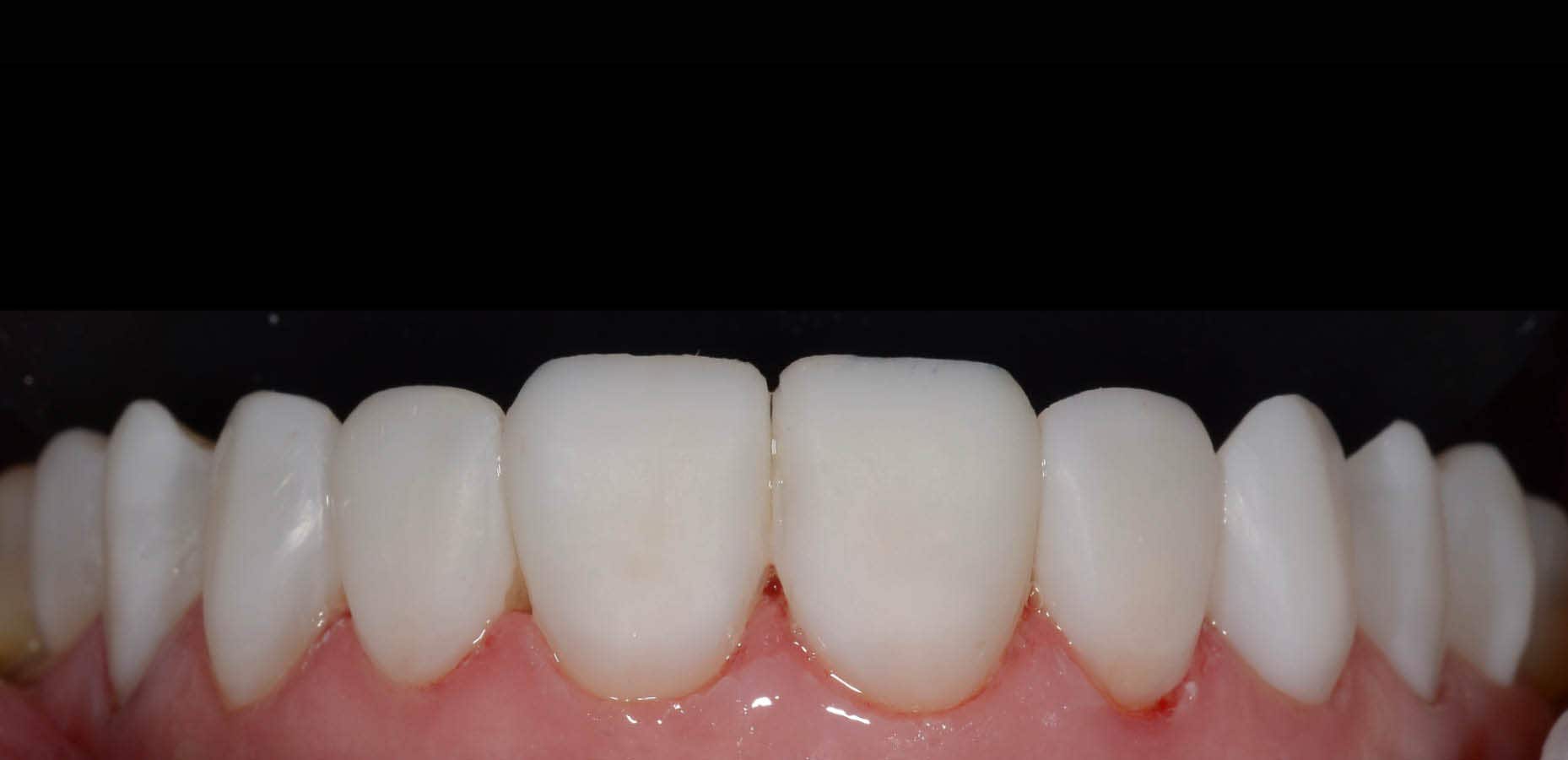
Fig. 13. Situation after restoring all teeth, before polishing.
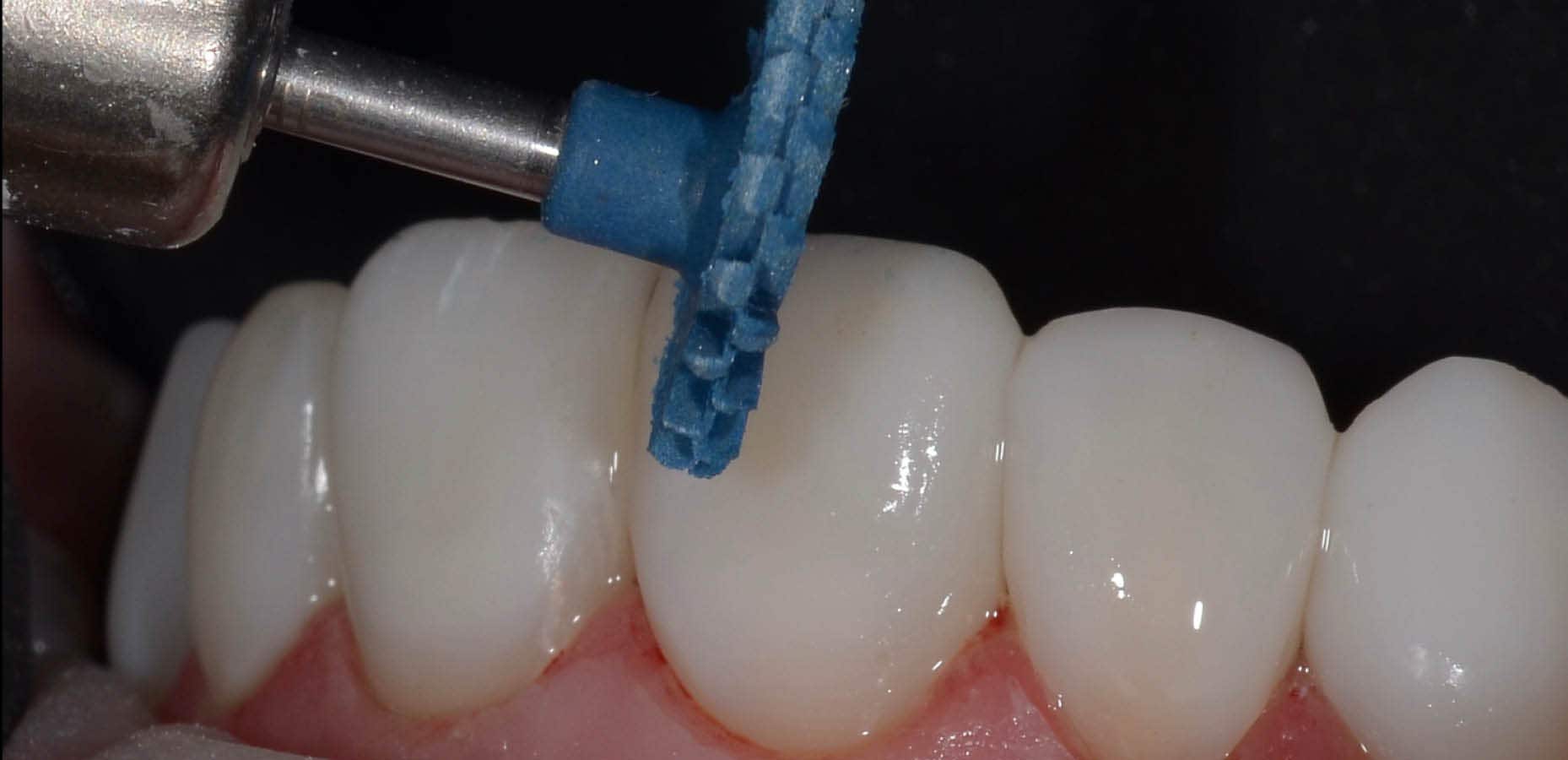
Fig. 14. To create a natural gloss the following polishing protocol was used: 1.) Sof-Lex™* discs, 2.) CLEARFIL™ Twist DIA for Composite polishing wheels, 3.) diamond paste and finally zinc oxide paste.
*Not a brand name of Kuraray Noritake Dental.
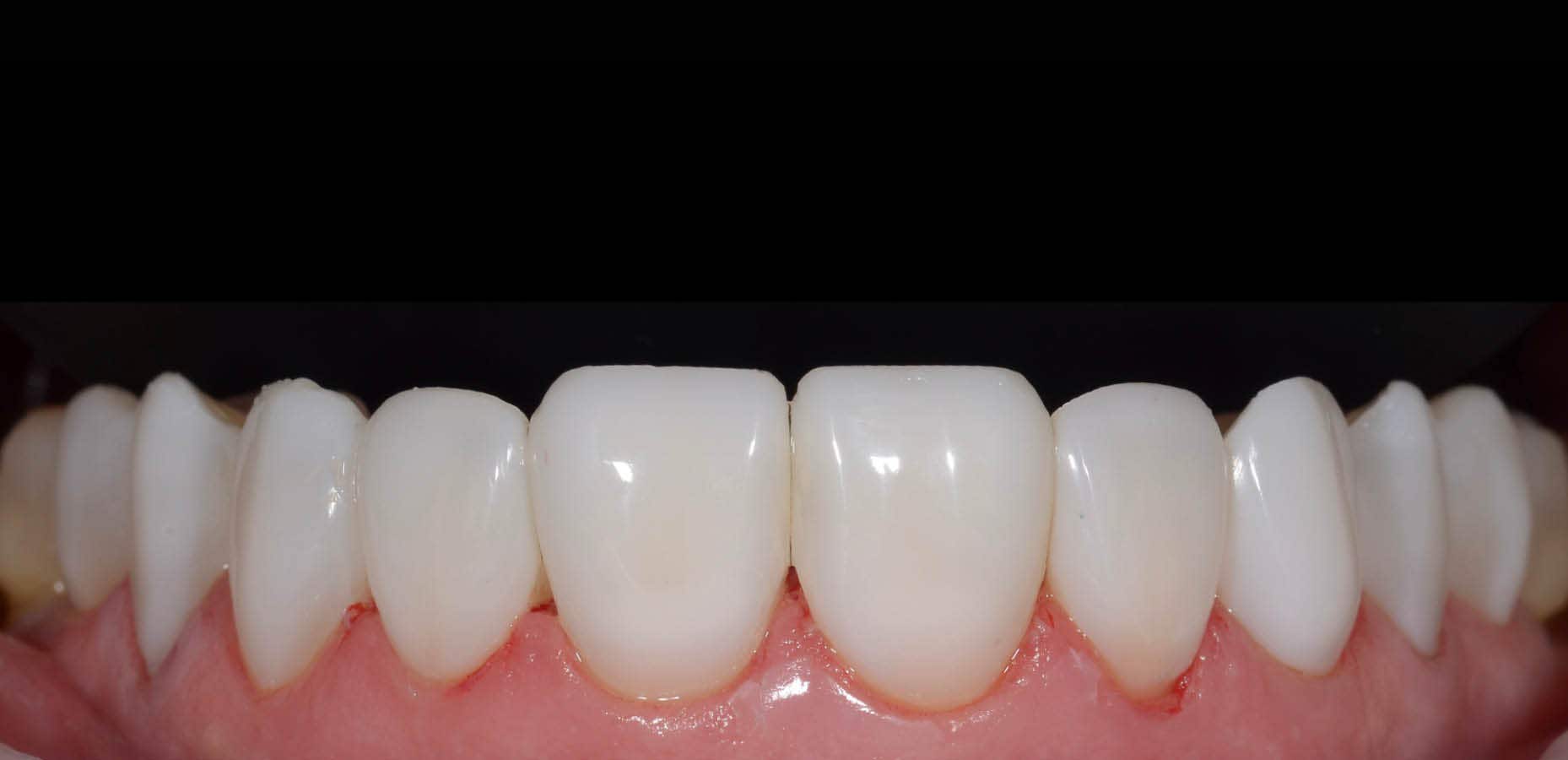
Fig. 15. High-shine results after polishing.
FINAL SITUATION
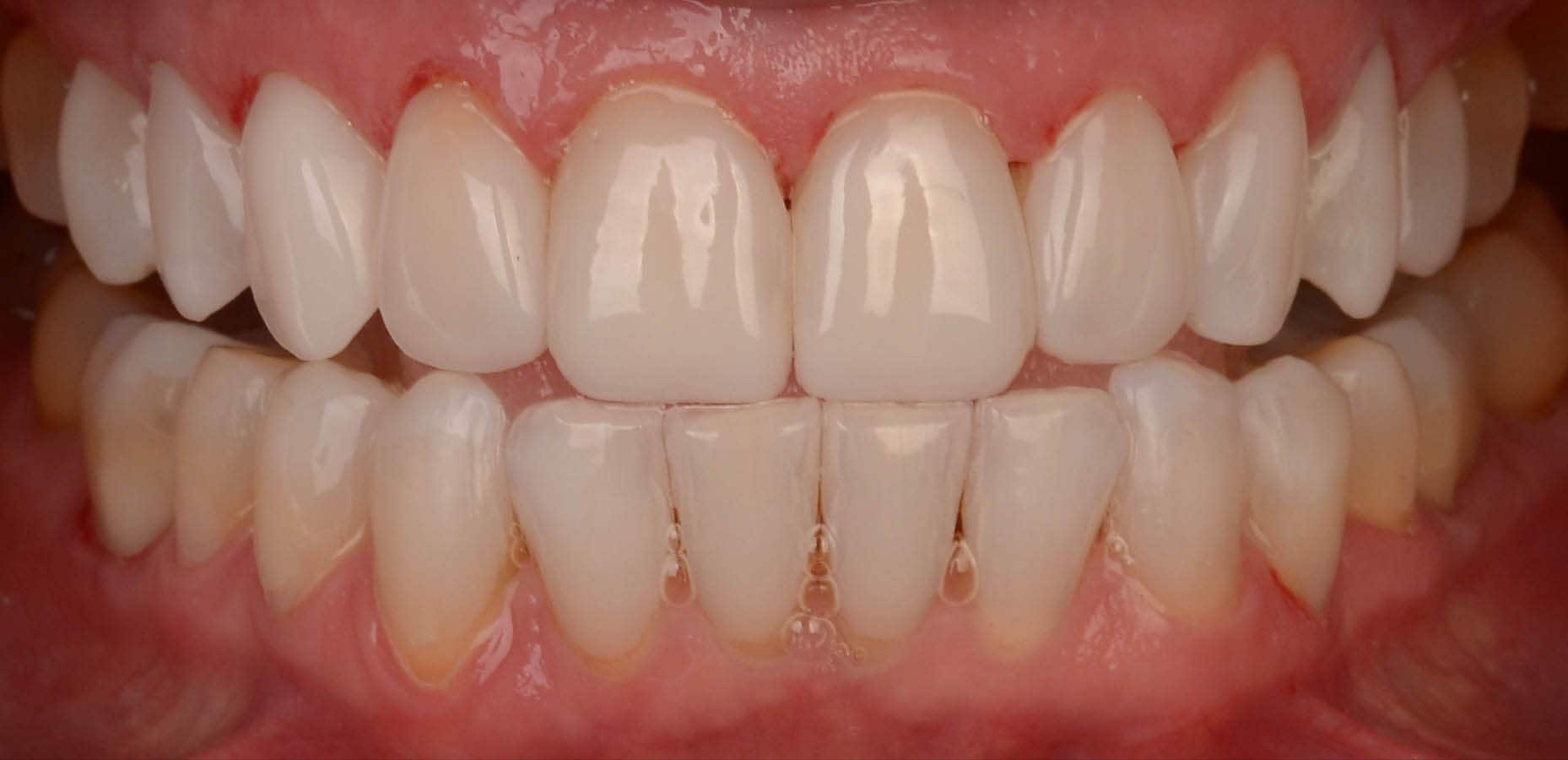
Fig. 16. Final restoration, immediately after treatment.
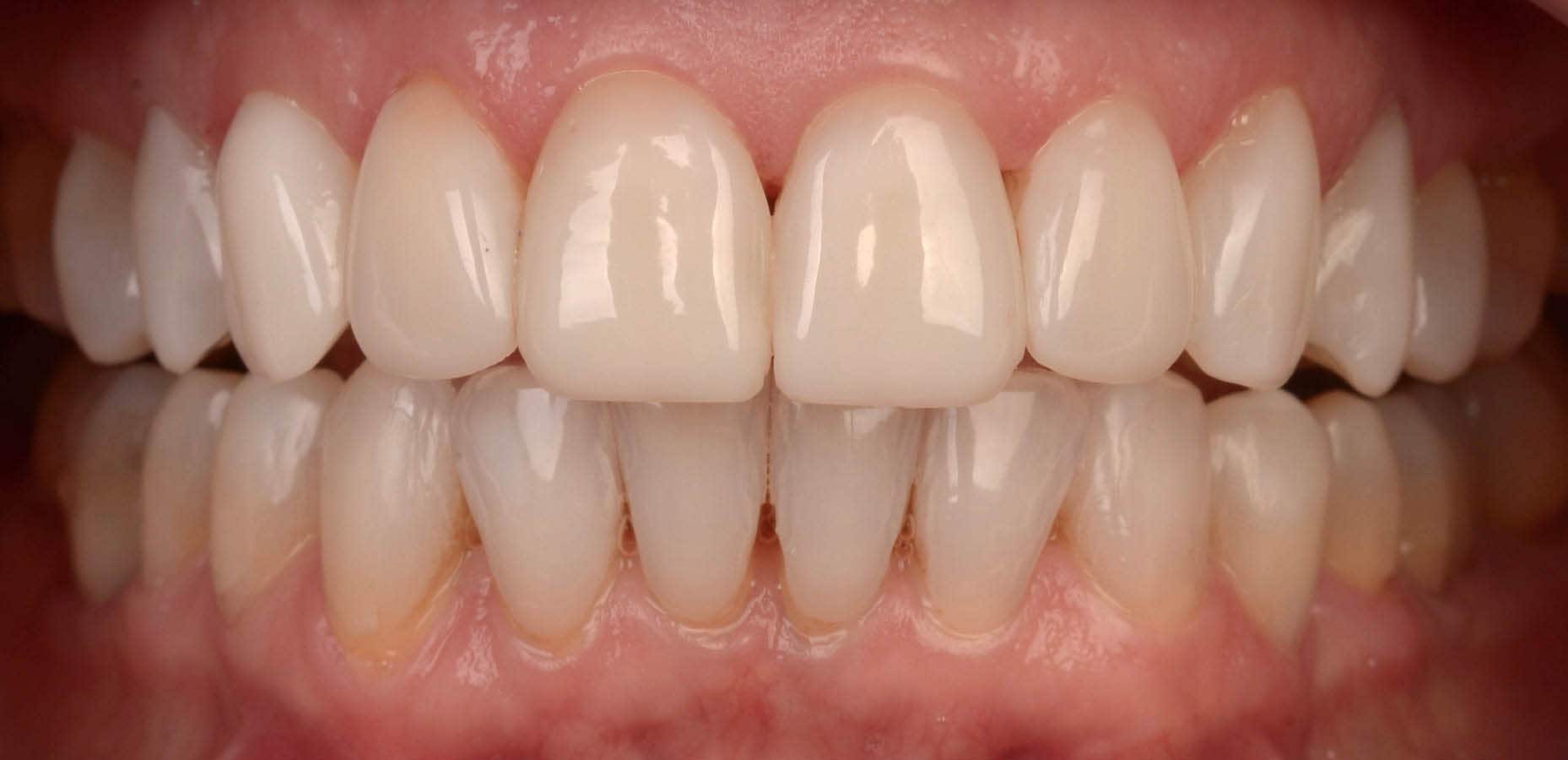
Fig. 17. Final restoration after 2 days.
Dentist:
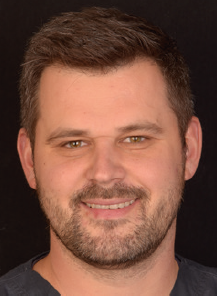
MICHAL JACZEWSKI
Michał Jaczewski graduated from Wroclaw Medical University in 2006 and today runs his private practice in the city of Legnica, Poland. He specializes in minimally invasive dentistry and digital dentistry and is the founder of the Biofunctional School of Occlusion. Here he lectures and runs workshops with focus on full comprehensive patient treatments.
- 16 mai 2023
